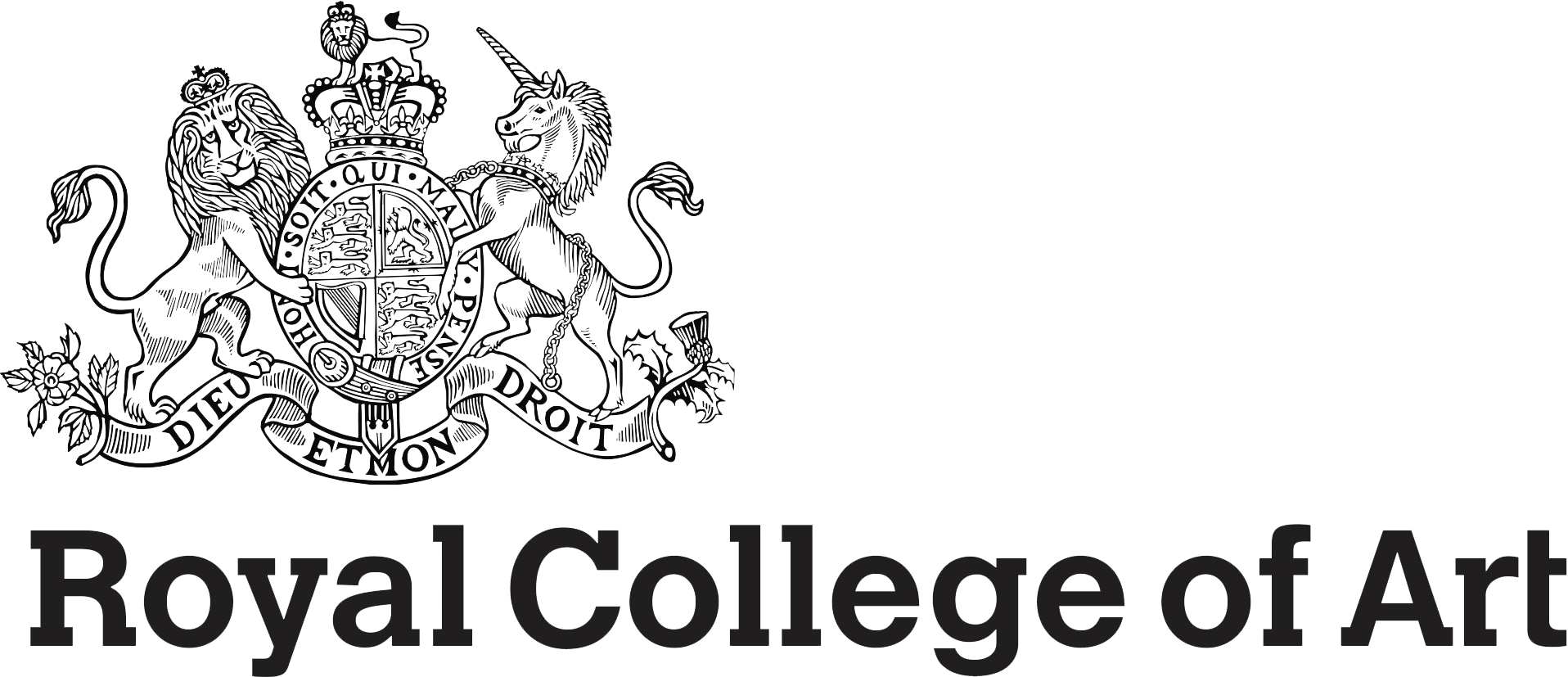3 Users’ insights – Daily Transportation Habits
When we asked people about their everyday rituals we discovered who made them, what they did, where they made them and when they carried these out. We created the infographics (see below) that show the data we had gathered.
Data from our telephone interviews.
Preparation
Pre-travel preparations were a common routine or ritual. Everyone we spoke to conducted some kind of sequence of actions before driving to mentally prepare and feel in control of the experience. People said it increased their confidence and helped to create a pleasant space for passengers and themselves.
Control
Feeling in control was a clear theme that came from our interviews. Some people achieved this by planning ahead and allowing plenty of time for their journey. Before commuting on public transport they checked the weather, timetables, belongings and, in some cases, folding bikes or scooters. When driving to work, people said they felt in control of their commute.
Transition
When people are driving or commuting they are in the process of transitioning between places. Many viewed this time as an opportunity to gather their thoughts, decompress and psychologically prepare for arriving at their destination. They described this as an emotional transition.
Bubble Space / Me Time
People emphasised the importance of time to themselves when travelling. Some described feeling in a bubble while being in their own world in a public space, which they achieved by listening to music or podcasts, blocking out any surrounding noise.
Relationships
Different social interactions are experienced by people when using public or personal transport methods. Those with families said in-car time created space for them and their children. Vehicle owners described building a relationship with their car, which instilled their trust in it.
Previous Chapter
